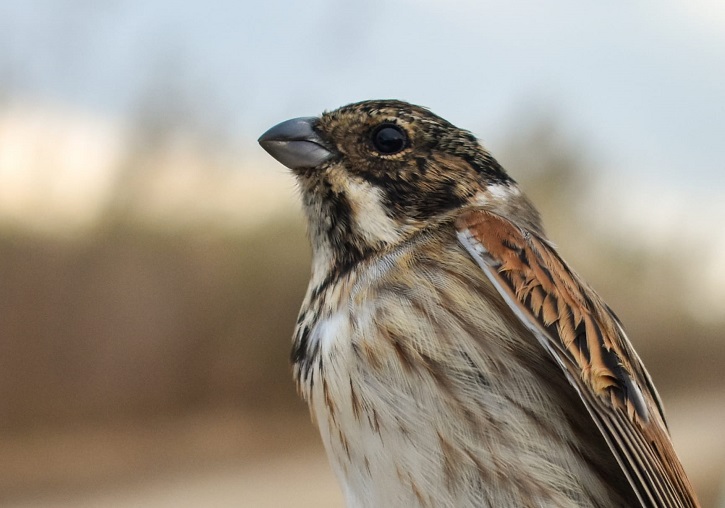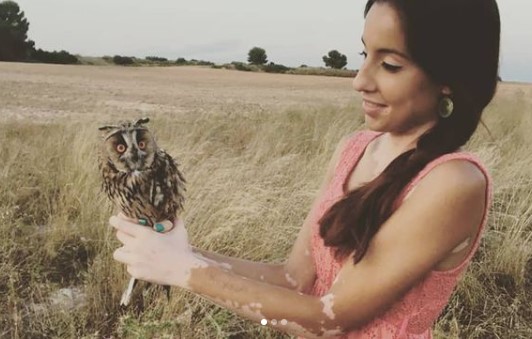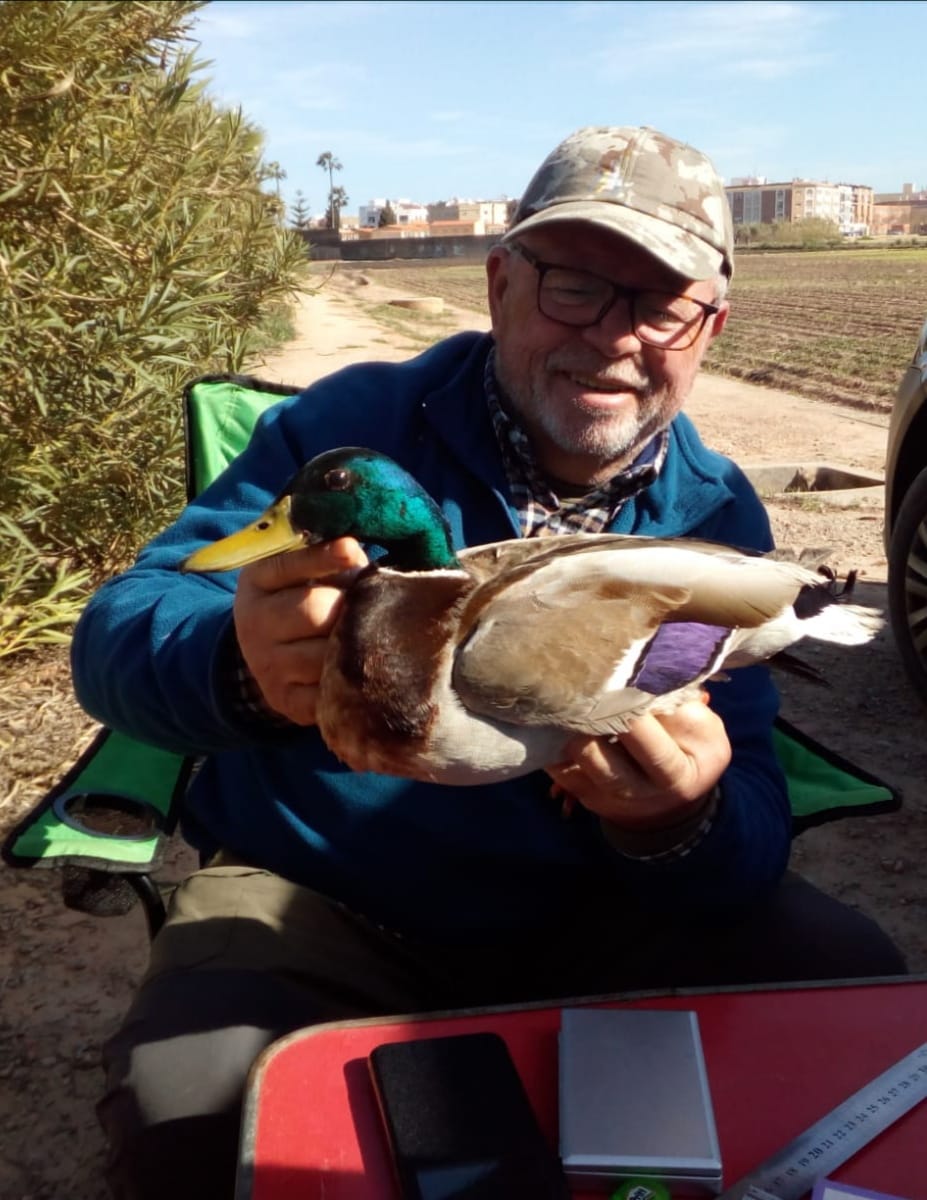
The Cavanilles Institute of Biodiversity and Evolutionary Biology (ICBIBE) of the University of València has launched a pilot project to recover the populations of the Iberian-eastern reed bunting (Emberiza schoeniclus witherbyi), an endangered bird, in Valencian wetlands. The objective is to reinforce the population of this species with individuals born in captivity and to reintroduce it in other humid areas. The project has the support of the Biodiversity Foundation of the Ministry for the Ecological Transition and the Demographic Challenge, the Valencian Government and the Balearic Government.
The great family of reed bunting has a total of 20 described subspecies. In the Iberian Peninsula there are three: Iberian-eastern (E. s. Witherbyi), northern (E. s. Schoeniclus) and Iberian-western (E. s. Lusitanica). Of the three subspecies, the Iberian-eastern has the largest and strongest beak compared to its other relatives, which allows it to break the reed and feed on the insects that hide inside.
Its peculiar name is due to the mimetic decoration of the surface of its eggs, which simulate the lines of a scribe’s manuscript, and to the habitat where it rests, feeds and breeds (marsh areas of the Iberian Peninsula). Wetlands such as the Nature Parks (NP) of the Pego-Oliva Marshlands, El Prat de Cabanes, l’Albufera de València, El Hondo, as well as the Marshlands of Almenara, dels Moros and Xeresa-Xeraco were the habitats that it occupied years ago in the Valencian Community. Changes in agriculture in recent decades due to agrarian intensification and the degradation of their breeding areas have caused a decrease in the populations of pairs of between 43 and 56% compared to 2005 in the Iberian Peninsula and the Balearic Islands.
“The changes in the population trend of the species that are catalogued are a very good indicator of the health of the wetlands they inhabit, most of which are integrated into the Natura 2000 network. Therefore, recovering the populations of the Iberian-easternreed bunting, disappeareddue to problems derived from the management of wetlands, will be an indication that we are improving this management and taking it to an appropriate point”, declared Juan S. Monrós, professor at the Department of Microbiology and Ecology of the University of Valencia and project leader.
The final objective of the project is to create an ex situ conservation program of the Iberian-eastern reed bunting from wild individuals in order to obtain individuals born in captivity with which to carry out population reinforcement and reintroduction in different wetlands of the Natura 2000 Network in the Community. The specific actions that will be developed will be captive breeding and the reintroduction of pairs, marking and radio-monitoring of the introduced individuals, as well as the improvement of the vegetation and the water uses of the wetlands, and the monitoring of the occupation of the habitat and populations. They are complementary actions to in situ conservation, which are used when the latter is already difficult or of low effectiveness. Ex situ actions reinforce in situ conservation and are applied to species included in the Spanish Catalogue of Endangered Species.
This project, called “PILOT Project for ex situ conservation of the Iberian-eastern reed bunting: captive breeding and reintroduction in wetlands of the Natura 2000 Network”,will be developed during 2021 and 2022 in wetlands of the Valencian Community that belong to the Natura 2000 Network, such as the NPPego-OlivaMarshlands, the Moros Marshlandsand the XeresaMarshlands. The project is co-financed by the Biodiversity Foundation of the Ministry for the Ecological Transition and the Demographic Challenge, which funds approximately 36% of the total project with € 60,328.47. In addition, the different lines of action are developed in coordination with the Ministry of Agriculture, Rural Development, Climate Emergency and Ecological Transition of the Valencian Government and the Department of the Environment and Territory of the Balearic Government, which have facilitated the first advances in the project by granting permits and logistical support in the actions.
The research team is made up of seven scientists and managers who specialise in the conservation of this species, in captive breeding or in communicating project information to the public. Three belong to the ICBiBE of the University of Valencia and one to the Polytechnic University of Valencia, and all stand out in the conservation of species and habitats. Juan S. Monrós, main researcher of the project, has been working since 2006 in the conservation of the Iberian-eastern reed bunting. Two others are wildlife managers, specialided in captive breeding of wild bird species and MaríaAntón is the manager of social networks for this project and an audio-visual communication and dissemination technique.
Annex photo caption: Members of the project research team: Práxedes Bartual, Francesc Mesquita, Juan Salvador Monrós, María Antón, Iván Alambiaga and Abel Ibáñez.
More information:
Project for ex situ conservation of the Iberian-eastern reed bunting
Twitter: https://twitter.com/iberoriental
Images:















